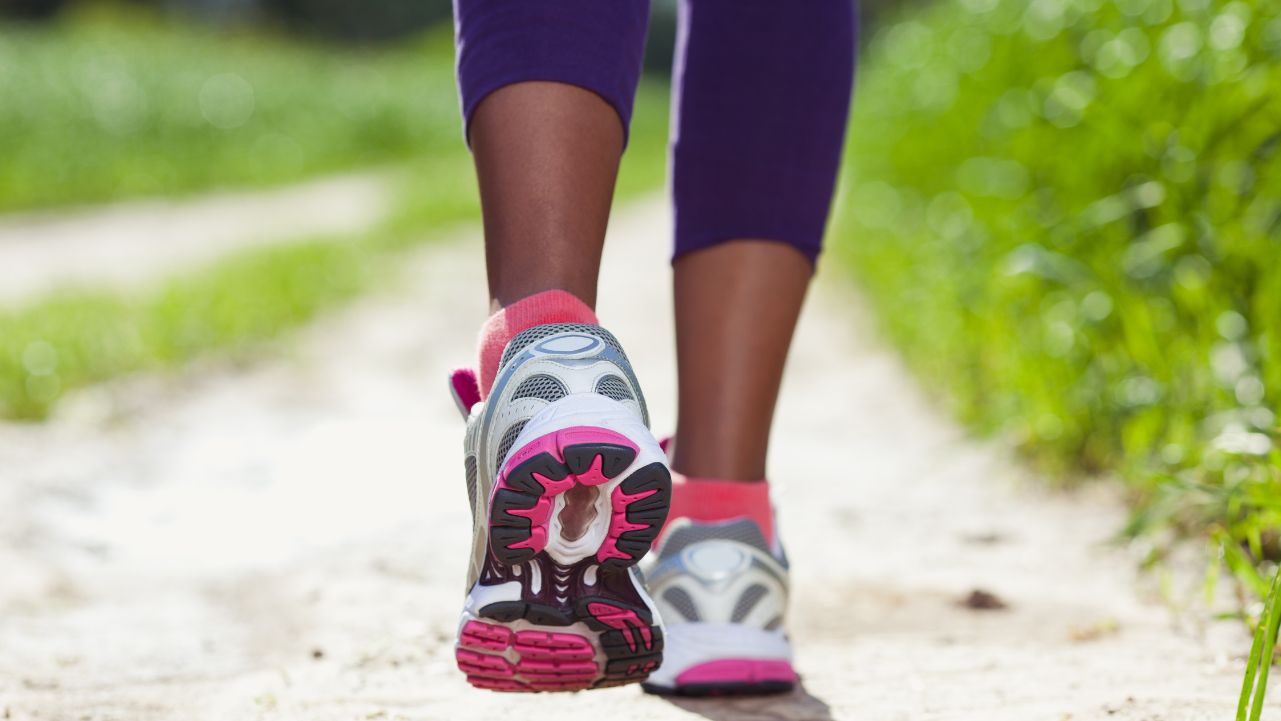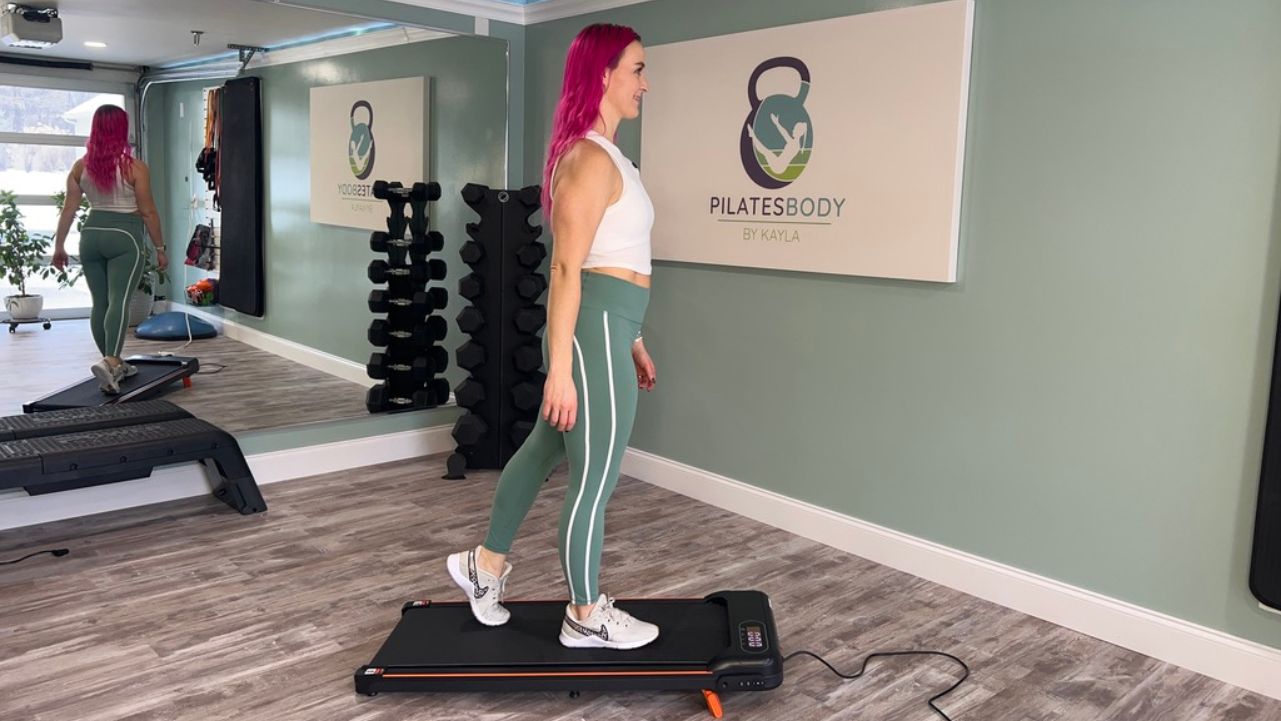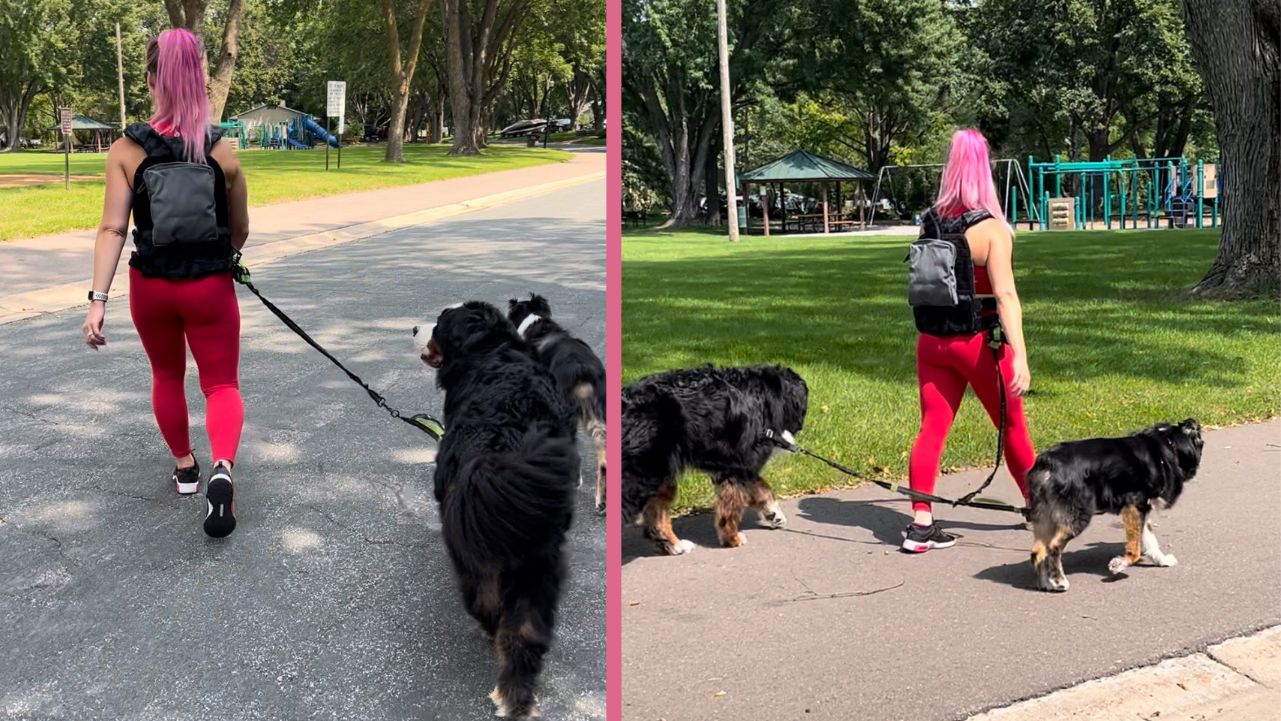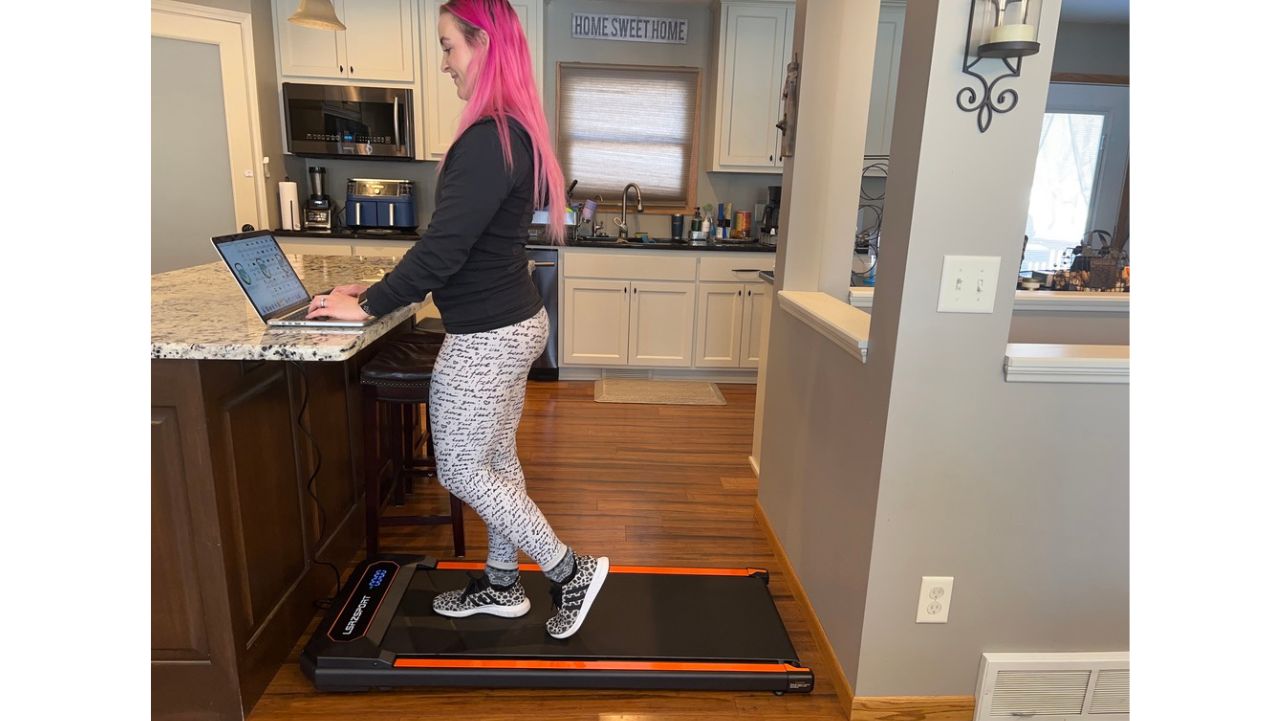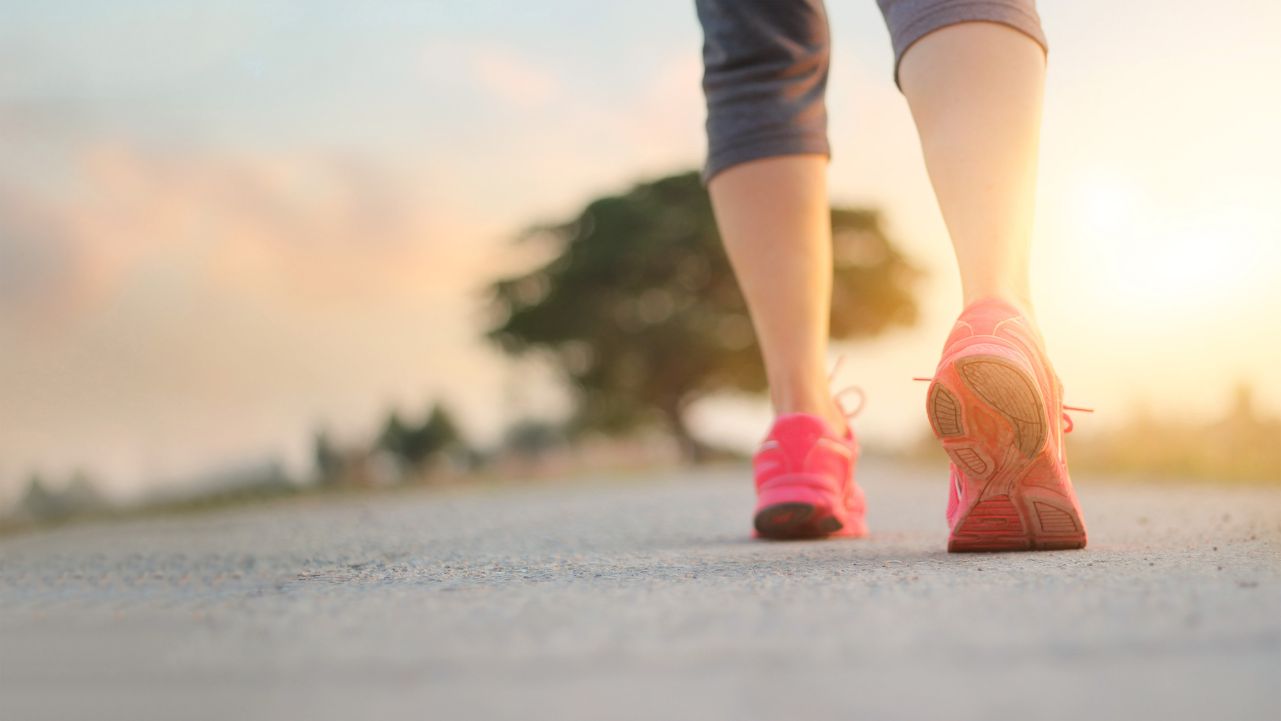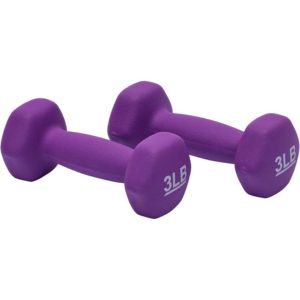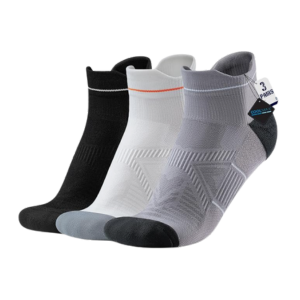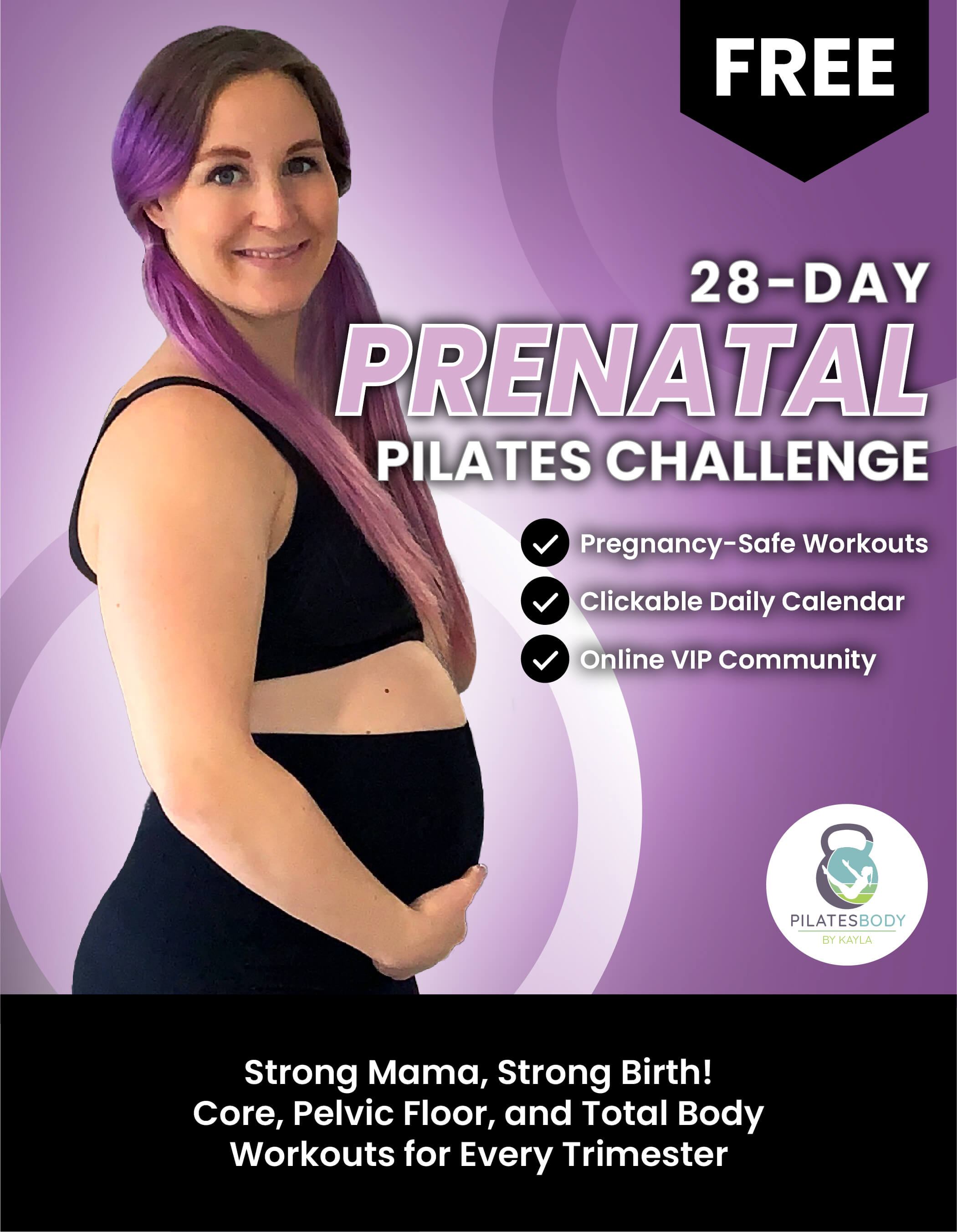Wondering whether walking or running is better for losing weight? You’re not alone. In this post, I break down the pros and cons of walking vs. running for weight loss, how walking builds strength, and why it’s the perfect low-impact habit for long-term results. Plus, I share my favorite gear and a simple weekly walking plan to help you get started.

